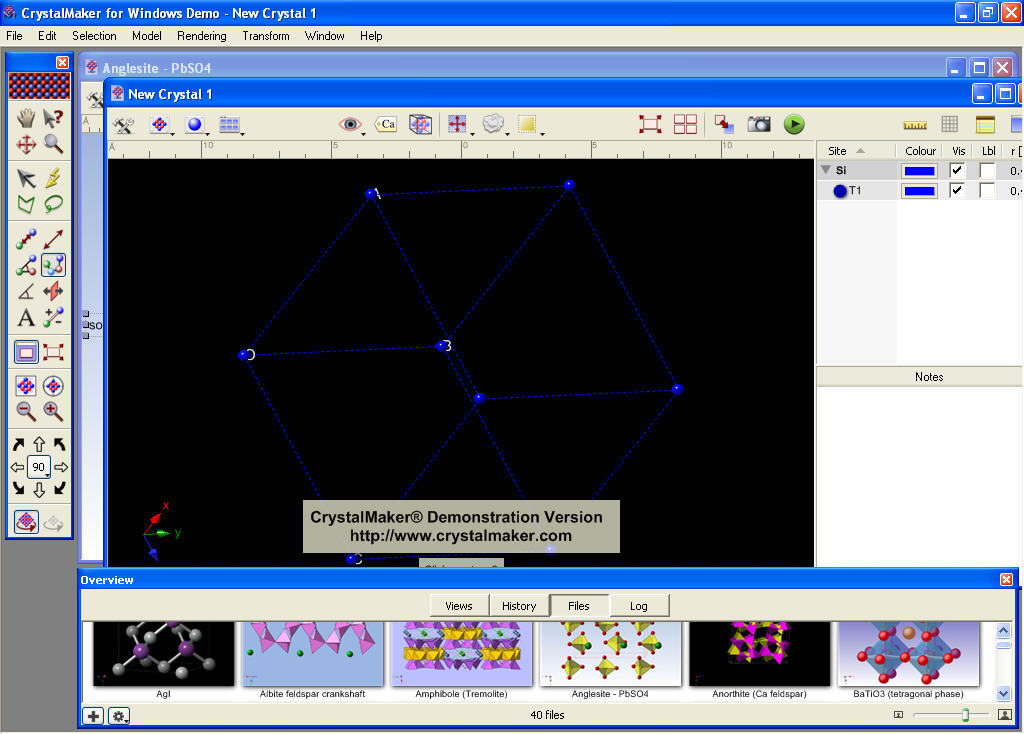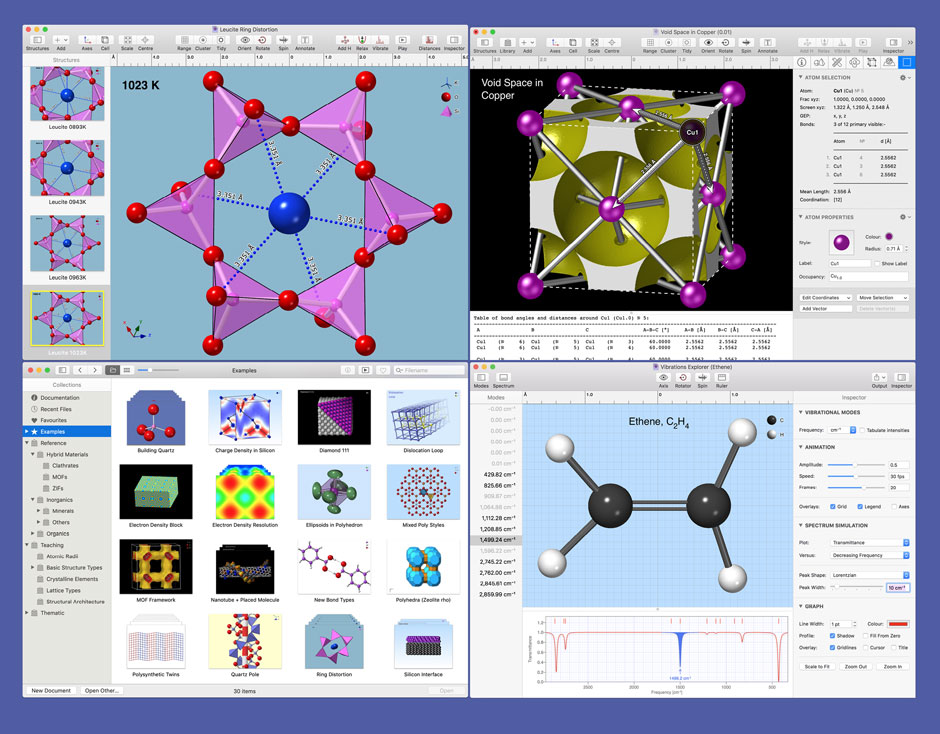

The hope of using such a route to generate potentially frustrated magnetic materials is to gain more control and design magnetic sublattices from the outset rather than search for frustrated physics in existing compounds. One controllable route to generate geometric magnetic frustration, is through using non-magnetic bridging ligands such as 3 −, 3 −, 4 − and 2 − which can link magnetic lattices and give rise to a variety of structures Sanjeewa et al. Although no spin liquid behavior is achieved, these results suggest the fruitfulness of such synthesis philosophies and encourage future work to engender higher frustration in these materials via doping, field, pressure or larger linker ligands. Density functional theory calculations broadly confirm these results, showing both a sensitivity of the magnetic structure to the TM and its local environment.

Field dependent measurements of the susceptibility and heat capacity reveal metamagnetic transitions in both Mn 3(SeO 3) 3H 2O and Co 3(SeO 3) 3H 2O indicating nearby magnetic ground states accessible under relatively small applied fields. Consideration of the magnetic structures reveal that the magnetic order is sensitive to the TM site ion and is tunable as it is changed - especially from Mn to Co - with changes in both the moment direction and the ordering vector.

Using magnetic susceptibility and neutron powder diffraction we identify low temperature magnetic transitions for all three compounds characterized by the onset of long-range antiferromagnetic order with moderate frustration indexes. Using TM = Mn, Co and Ni we report on the structural effects of changing the TM site and how they may influence the magnetic structure. These materials link highly distorted TMO 6 octahedra via non-magnetic 2 + linkers. Here we report on the magnetic properties of one such family of materials, the transition metal ( TM) selenite hydrate compounds with chemical formula TM 3(SeO 3) 3H 2O. One approach to finding such lattices is to design them chemically by using non-magnetic linker ligands.

As the former leads to much simpler theoretical treatments it is generally favored and so magnetic sublattices with geometric frustration are sought after. Generally, one has two strategies to achieve magnetic frustration: through geometric means or through interactions with different requirements and length scales. Recently frustrated magnetic materials have once again captured the condensed matter community’s interests due to renewed evidence of being the best route to achieve quantum spin-liquid type physics.


 0 kommentar(er)
0 kommentar(er)
